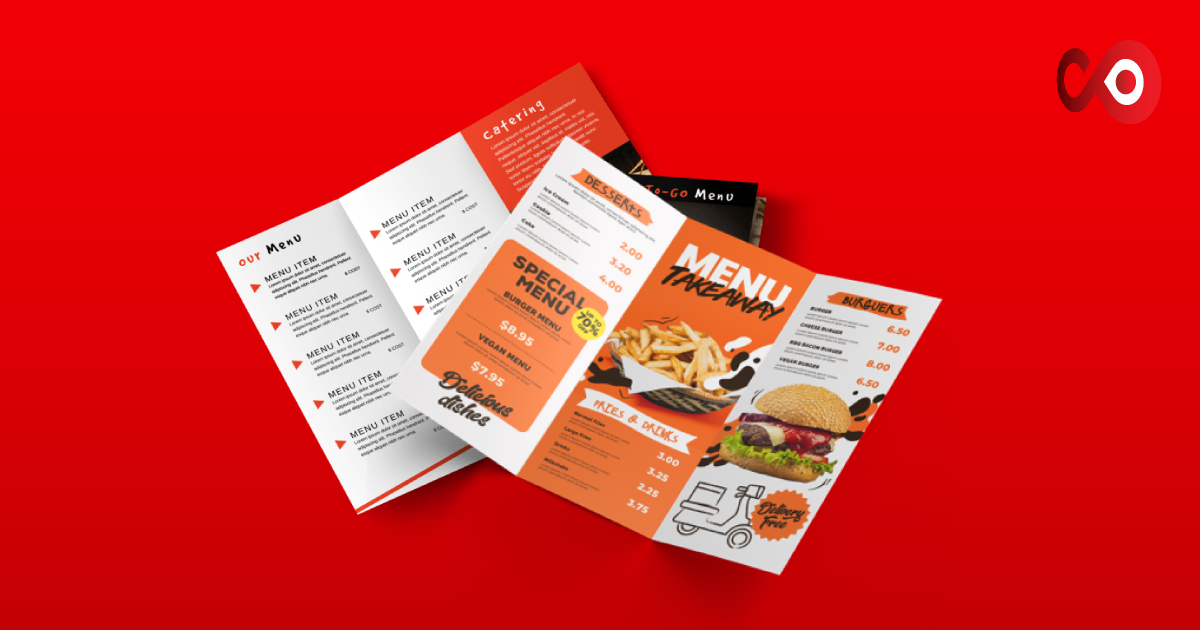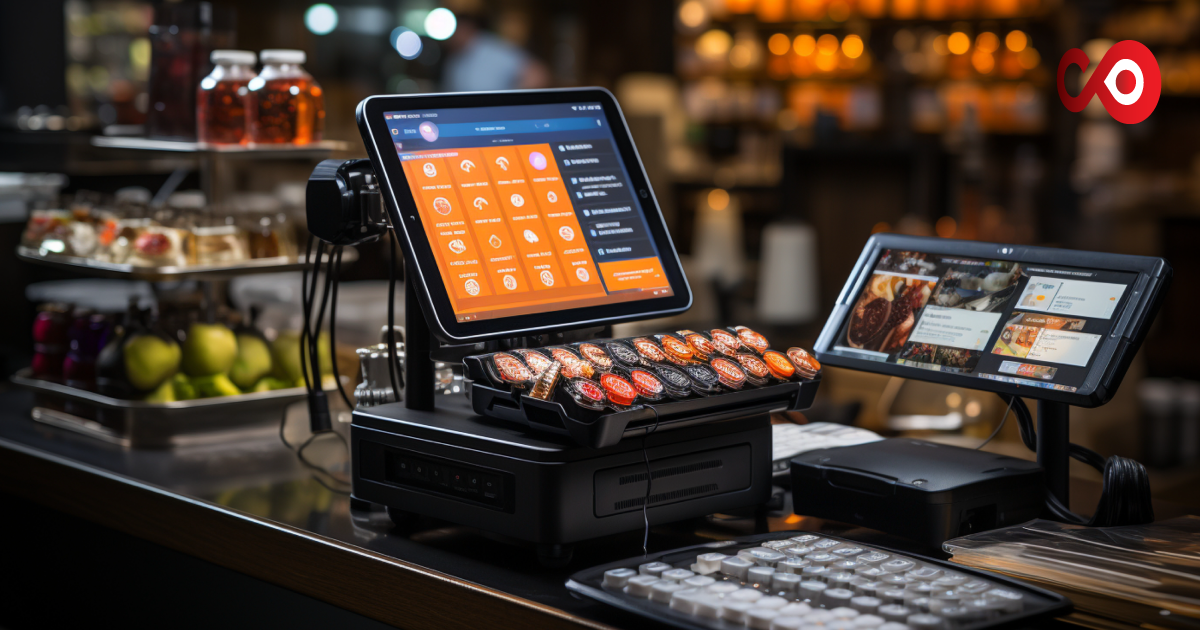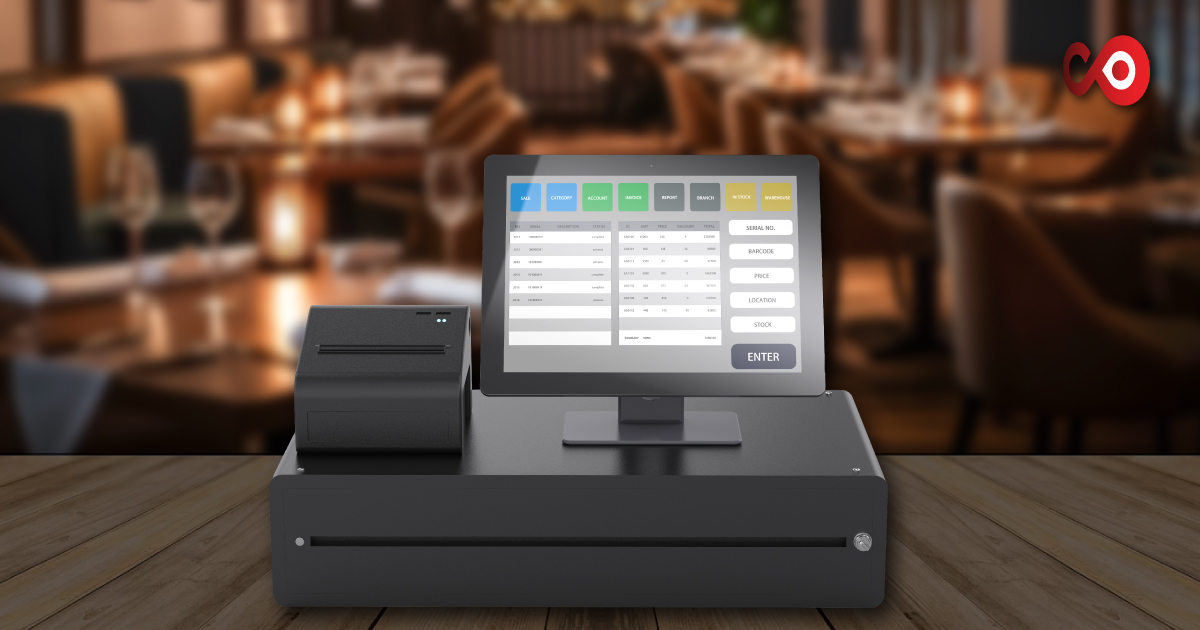Planning to open a new restaurant or revamp an existing one? If you answer yes to either of these questions, you should give enough thought to designing a menu that contributes to your restaurant’s success.
A menu is crucial because it is your restaurant’s most important selling tool and one of the core pillars of its customers’ experience. Whether online, printed, or on a menu board above the counter, a well-designed menu can exceed customer expectations and build loyalty.
But how are you going to do it? No worries. We’ve got you covered.
This step-by-step guide will help you design a quality restaurant menu ordering system for dine-in and takeaway.
Step-by-Step Guide to Make a Restaurant Menu
Here are some of the proven tips that will help you create both restaurant and takeaway menus.
Identify Your Target Audience
Understanding your customer base is the key to a great menu. Before creating a menu, you should conduct market research to learn about your potential customers’ preferences, demographics, and dining habits.
Start by analysing your top-selling items and customers’ favourites. You can also research similar restaurants in your area to see what they offer and the strategy behind their decisions.
Doing so will help you create the perfect menu that matches your potential customers’ preferences.
List All Your Menu Items
Before you begin designing the menu, take some time to write down all the dishes you want on it.
Based on your preference, you can use Excel, Google Sheets, or even pen and paper to list down the menu you want to offer. However, we recommend using Google Sheets since it’s user-friendly and the sheet will save automatically.
Include everything in that list, from the main course and sides to desserts and drinks. Also, make the list extensive so that everything is there when you return later.
Organise The Items into Categories
Once you list the menu, start sorting the dishes into categories. Examples include appetisers, main courses, drinks, and desserts.
Most restaurants use the same framework with slight variations. After sorting the dishes, you must decide which category you want to appear most prominently on the menu.
For example, you may want a particular appetiser to be at the top of the list. You can also place the most profitable or customer’s favourite at the top to increase your sales.
Create The Pricing Structure
This is one of the most challenging parts of creating a menu. You should spend a significant amount of time researching your input cost and target customers’ profiles. Remember to calculate the cost of goods sold (COGS) to create each item.
For example, chicken fry consists of chicken, seasoning, and breadcrumbs. Now you can determine how to calculate the price of this item by dividing the COGS by the ideal food costs.
Besides, you must check what your competitors charge for a similar dish. Price your dishes too low, and you may not make any profit. Price them too high, and you will push your potential customers to another establishment.
Write Compelling Description
The next step is to create tantalising menu descriptions. These are key to your customers’ decisions about what to order.
A good description explains a restaurant’s identity and approach to food. A compelling description can also excite customers to order and boost sales. Research at Cornell University states descriptive menu can increase sales by 27%.
For example, consider the difference between “lamb shanks” and “slow-cooked juicy lamb shanks.” The second description explains how the dish was cooked and its texture.
Remember to use adjectives like slow-roasted, zesty, creamy, and crispy to make the dish sound more appealing. You can also use adjectives like homecooked to bring emotion and familiarity through a recipe’s backstory.
Use Attractive Photos
Humans are visual by nature, and including professional photos of the items on your menu can increase your sales.
However, you need to be extra careful about the quality of the photos. Use high-quality images of your most demanding items.
You can hire a professional food photographer, or you can do it yourself if you’re on a budget. For the second option, you need to follow some rules while taking photos of your dishes, such as experimenting with the best angle, using natural lighting, and adding a touch of water or oil to make your dish pop.
Design & Print Your Menu
Once everything is done, it’s time to design and print your menu. You can hire a designer or do it yourself using tools like Canva.
We recommend you hire a professional restaurant menu printing service to ensure a lasting impression on your customers. Whether you need dine-in or takeaway menu printing, a professional service can provide you with a beautifully designed menu, saving you time to focus on your business.
Test & Update
Now that your menu has been designed and published, it’s crucial that you review and update it from time to time based on your sales data and customer feedback.
You may have a dish that’s performing better and should be featured at the top of the menu. Or, a dish may be more expensive to make than anticipated and should be removed.
Each of these cases is a lesson for you to learn and optimise the menu accordingly. Regularly updating the menu will help you remove unnecessary items and increase sales of your most popular items.
Wrapping Up
Creating an appealing restaurant menu isn’t as simple as it sounds. It requires careful planning, creativity, and attention to detail.
From knowing your customers to listing the menu and designing it to publishing, each step should be taken with utmost care.
How you design your menu impacts how your customers will respond. By creating a tempting menu, you can satisfy your customers’ cravings and boost your restaurant’s profitability. So, hire an experienced restaurant menu printing service to get a professional and catchy menu that will help your customers order exactly what they need in your restaurant and keep coming back for more.





